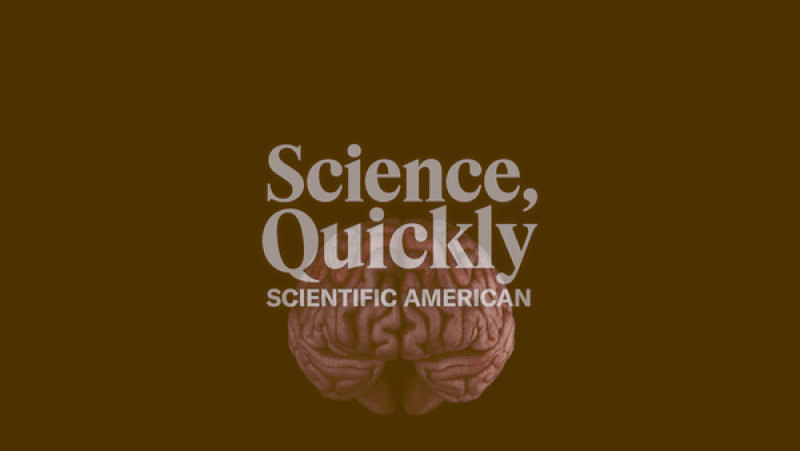Anthony Montgomery: The most important part of burnout is that it’s about yourself, but it’s also about others.
[CLIP: Opening music]
Shayla Love: One of my New Year’s resolutions was to be less burned-out. Maybe you can relate; you think, ‘I’m going to better manage my stress this year. I’m going to make time for activities that I find nourishing and finally nail that work/life balance.’ But just a few weeks into January, I found myself hitting a wall. The sense of renewal of a new year didn’t manifest. The burnout I felt from 2023 had followed me—all the way into February.
On supporting science journalism
If you’re enjoying this article, consider supporting our award-winning journalism by subscribing. By purchasing a subscription you are helping to ensure the future of impactful stories about the discoveries and ideas shaping our world today.
Burnout feels like something that descends upon you and then is impossible to shake off. A 2021 study found that around three in five employees felt symptoms of burnout, and COVID didn’t make it easier. More people found their work lives getting more unmanageable during the pandemic, not less. When my resolution to fix my burnout with effort didn’t work, I wanted to go back to the beginning of burnout’s story and understand what it is.
I’m Shayla Love, and you’re listening to Scientific American’s Science, Quickly.
[CLIP: Music]
Today we’re revisiting the concept of burnout: a word people use to describe how they feel exhausted, psychically tired with their jobs—that they may love!—or drained by the other obligations in their never ending to-do lists.
Christina Maslach: I didn’t start out with any particular interest or plan to study burnout, because I’d never heard about something like that.
Love: That’s Christina Maslach, a professor emerita at the University of California, Berkeley, in the Interdisciplinary Center for Healthy Workplaces. I called her up because one of the main measurement…
Read the full article here







